By Eugeniusz Misiło for Nasze Słowo
In April 2019, the entire Christian world was shocked by the fire in Notre Dame — the Gothic cathedral in Paris. From everywhere came words of compassion and solidarity with France and the French. Including from Poland and Ukraine. The calculation of losses and the collection of funds for the restoration of the cathedral continues.
Few know that in Poland, in the town of Radymno, 60 years ago there was a sacred place that was its own Notre Dame for the Ukrainians of the Greek Catholic rite. Maybe it was not as old and big as the Parisian Cathedral, whose towers have long been part of the landscape of the French capital and the city’s symbol. However, the architectural scale, beauty, and careful attention to details of this structure evoked amazement and respect not only in the context of the provincial Galician town, but also in comparison to the grandest churches and synagogues that were being built at that time in Poland.

It was not visited every year by 12 million tourists from all over the world, as is the Notre Dame. Only by a few thousand believers, pilgrims who walked there from across the entire Yaroslavl and Sian regions each year to be given indulgence on the feast of the Assumption of the Blessed Virgin on August 28 (August 15 according to the Julian calendar). However, for the Ukrainian community in Poland, this church was something more than an ordinary tourist attraction. It was a symbol of the Ukrainians’ permanency and devotion to the faith and the nation of their ancestors.
The Church of the Assumption of the Blessed Virgin Mary in Radymno was built in 1906-1911 on the site of a wooden church that burned down in 1905. The author of the project was the famous Ukrainian architect and engineer Vasyl Nahirnyi, who built over 200 churches in Galicia. Construction was carried out not only by Ukrainians. Before the war, only 600 Ukrainians lived in the town, not enough for such a project. There were also 2,000 Poles and 1,100 Jews in Radymno. Owing to the organizational skills of the then rector Kornyl Kuzyk, wealthy Poles and Jews donated significant amounts of money for the construction of the church. Among the generous sponsors was Austrian Emperor Franz Josef I. A marble plaque was hung in his honor on the façade of the church, near the main entrance. On the other side was a plaque dedicated to Pope Pius X.

During World War I, the town was severely destroyed by artillery shelling in the Battle of Radymno, which took place on May 23-25, 1915, between the Russian 3rd Army and the German-Austrian 11th Army. The church also suffered, in particular, its portal, the interior, and the cupolas of the towers, where, most probably, the Russians held their fire-control position.

Reconstruction of the church after the destruction lasted until 1929. It was possible due to the enormous self-sacrifice of the Ukrainian community of Radymno and the Sian region, which the people showed despite being exhausted by the war and the epidemics that spread after its end.
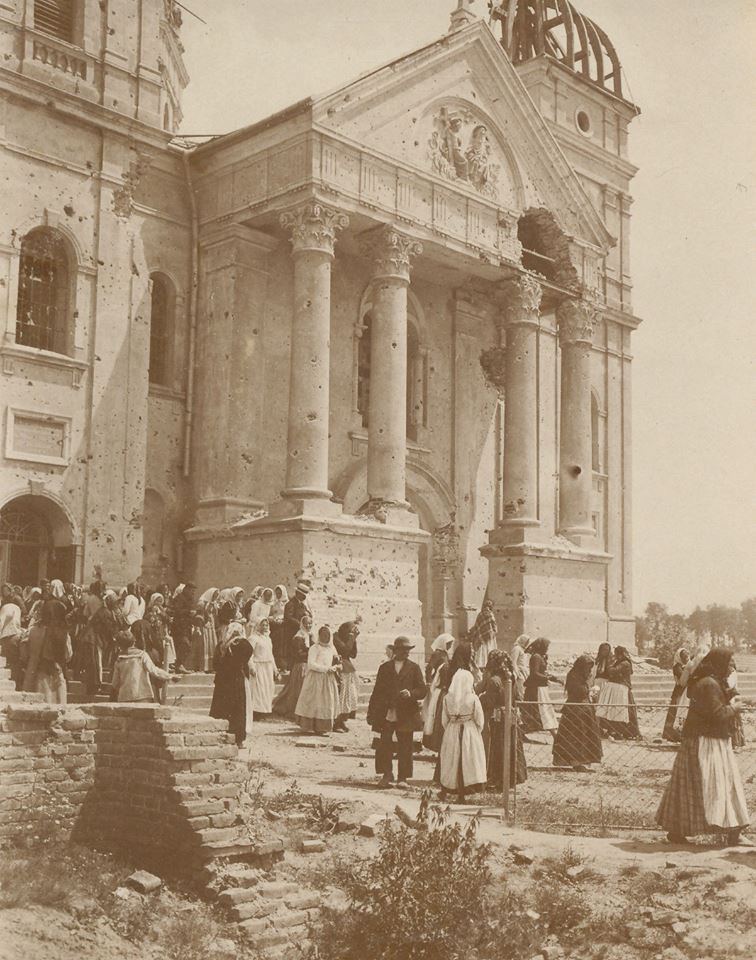
After WWII, the new post-war borders of Poland and the subsequent deportations meant the end of the Ukrainian community in Radymno. In 1944-1946, 90% of Ukrainians were evicted from the city to the Ukrainian SSR. The 140 who remained and avoided displacement to the “Soviet paradise” were deported on June 1-2, 1947, to former German lands as part of Operation Vistula.
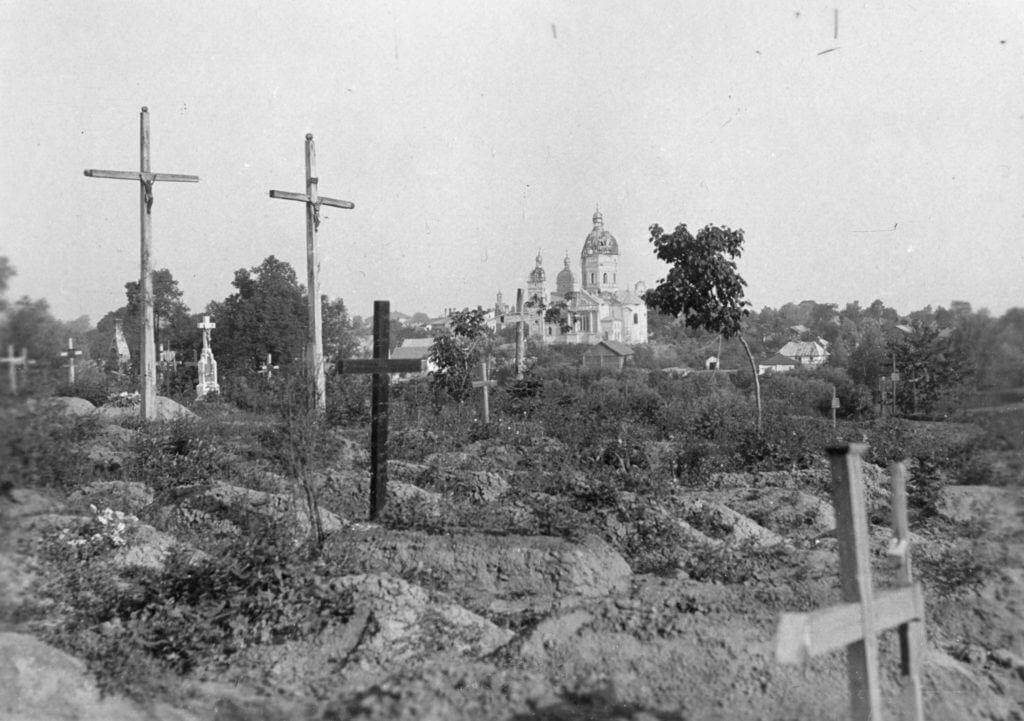
The Bell from Radymno
Then it was the church’s turn. After the Ukrainians were evicted, Roman Catholic services were held there for several years, after which, in accordance with the decision of the local authorities, building materials were stored in the church. In the meantime, “unknown persons” took the historic church bell, which dated from 1602 and had Cyrillic inscriptions. Initially, it was suspected that the bell fell victim to theft by a “special group” of employees of the Ministry of Metallurgy. On behalf of the Central Committee of the Polish United Workers’ Party on July 28, 1953, they drove trucks through 50 Ukrainian villages of Rzeszów Voivodeship, removing from abandoned churches 38 bells with a total weight of more than 8 tons and subsequently remelted them at the metallurgical plant. However, an inquiry conducted at the request of the Ministry of Culture found that the historic bell from Radymno was not among them. One of the secret documents of the Voivodeship Committee of the Party in Rzeszów mentions that “it could have been, like many other bells from Ukrainian churches, stolen earlier by marauders who had acted for profit; then it could have been transformed into new bells at Jan Felczyński’s foundry in Przemyśl.”
On the Eve of the 1000th Anniversary of the Baptism of Poland
In December 1959, at the request of the Presidium of the City Council in Radymno, the communist government gave permission to demolish the church. The official reason given was that there was a lack of bricks to build Radymno’s People’s House. The Office of Religious Affairs in Warsaw declared the monument “unhistorical,” which was a death sentence for the church.
The demolition of the church began on June 18, 1960. At first, they tried to disassemble it brick by brick. Two hundred and fifty sheets of copper plaques weighing 2,400 kg, 900 meters of wooden rafters and boards, 130 meters of steel beams, and 2000 kg of other metal elements were stripped from the roof and towers. The destruction of the church was documented meticulously.
The main structure of the church, however, was remarkably strong—especially the fortified vaults of the main nave and towers. And so it was decided to just blow up the church. In the eyes of Radymno residents. On the eve of the 1000th anniversary of the baptism of Poland.

“To reinforce the roads in the city and the county …”
According to archival documents, “work was completed and concluded” on October 28, 1961. The “Final Protocol” was officially signed on November 13, 1961. Here’s a small fragment of one of the documents I found in the archives:
“The dissection of the church was not completed in the term established by the contract due to the difficulties that arose in connection with the dismantling of the cupolas that were constructed from well-fortified cement. In this regard, the executor was forced to look for an enterprise that worked in bombing stone structures to blow up the object, especially the upper arches. This caused a delay until the winter season.
In addition, due to the sacredness of the object, the executor faced difficulties in finding workers. This matter was even taken up by county administration.
The commission found that as a result of the blasting of columns and vaults, as well as during the dismantling, about 60% of the bricks were destroyed, as evidenced by the number of debris and loads taken to the roads in the city and in the county.
This protocol is completed and signed.”
[The protocol was signed on November 13, 1961, in the office of the Presidium of the Municipal National Council, in the course of the commission’s acceptance of the work on the dismantling of the Greek Catholic Church in Radymno. The original title: “Protokół z znakomyjnego odbioru robót związanych z rozbiórką cerkwi g.-kat. W Radymnie“
The work demolishing the church was carried out by the companies of Waclaw Czemerinski and Edward Plocica. They managed to recruit villagers from Dusowce and Łowce, who, for their work, received 50,225 bricks from the 308,250 that were retrieved.
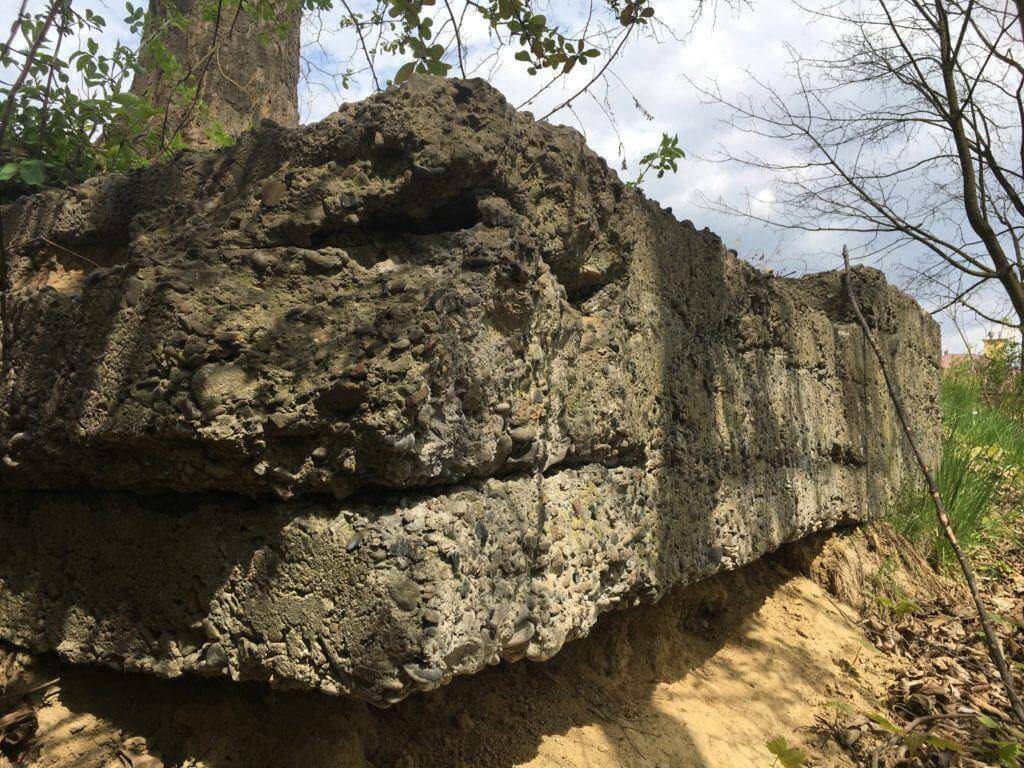
Radymno residents refused to participate in the destruction of the church. The memories of the peaceful, long-time coexistence of Poles, Jews, and Ukrainians were too fresh.
On behalf of the city authorities, the decisions on the dismantling of the church were made and controlled by:
1) Jozef Kanja – Chairman of the Presidium of the City Council in Radymno;
2) Mihad Kasperski – representative of the Presidium of the county national council in Radymno;
3) Walenty Bis – Head of the Department of Communal Services of the Presidium of the City Council in Radymn.
What was left of the church
Today in Radymno there is practically no trace of the church. Only an empty square with outlines of the foundation remain and pieces of the “blown up” reinforced concrete vaults. And, unfortunately, the only commemoration event that the city authorities organized in recent years was a staged “Bloody Sunday” in Volhynia, held on the meadows.
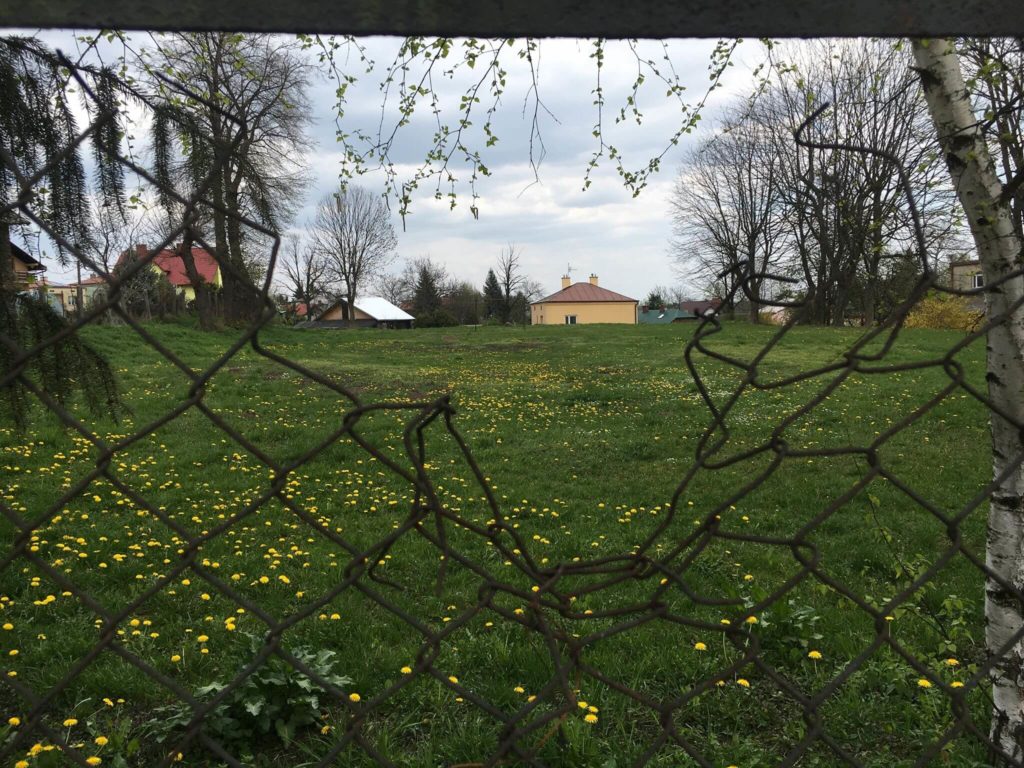
But the locals still remember the church, which I had the opportunity to witness in person when I recently visited Radymno. Friendly young people willingly showed me the plot that remained after the church.
A few months ago, I was approached by a young student who was working on the creation of an architectural 3D model of the Radymno Church for his bachelor’s degree. I gave him a collection of postcards that I had bought on Allegro, and tried to help with the archival search of architectural and building documentation of the church. The result of his work can be seen on the Internet.
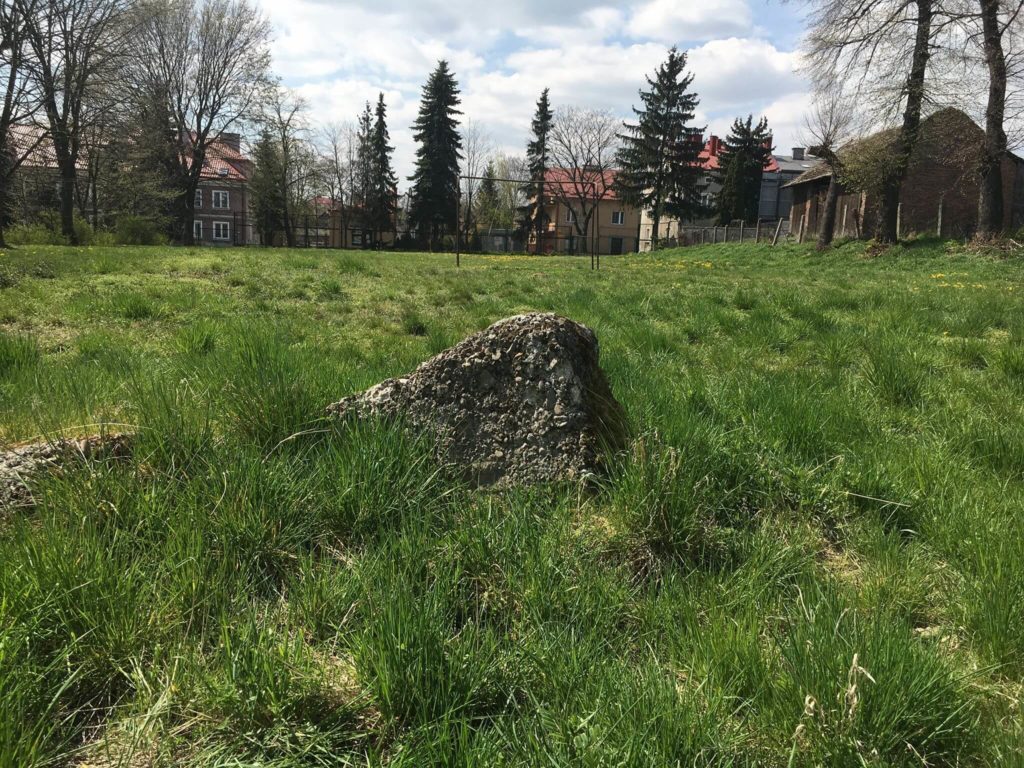
In his turn, the mayor of Radymno promised several years ago to install an information marker on the empty space. Unfortunately, as can be seen in my photos from April 21 of this year, it still hasn’t been done. It’s a nice idea. Especially since the modern House of Culture in Radymno, located on Lwowska (Lviv) Street, is just opposite the church square. This is the former People’s House, built from the bricks of the destroyed church.
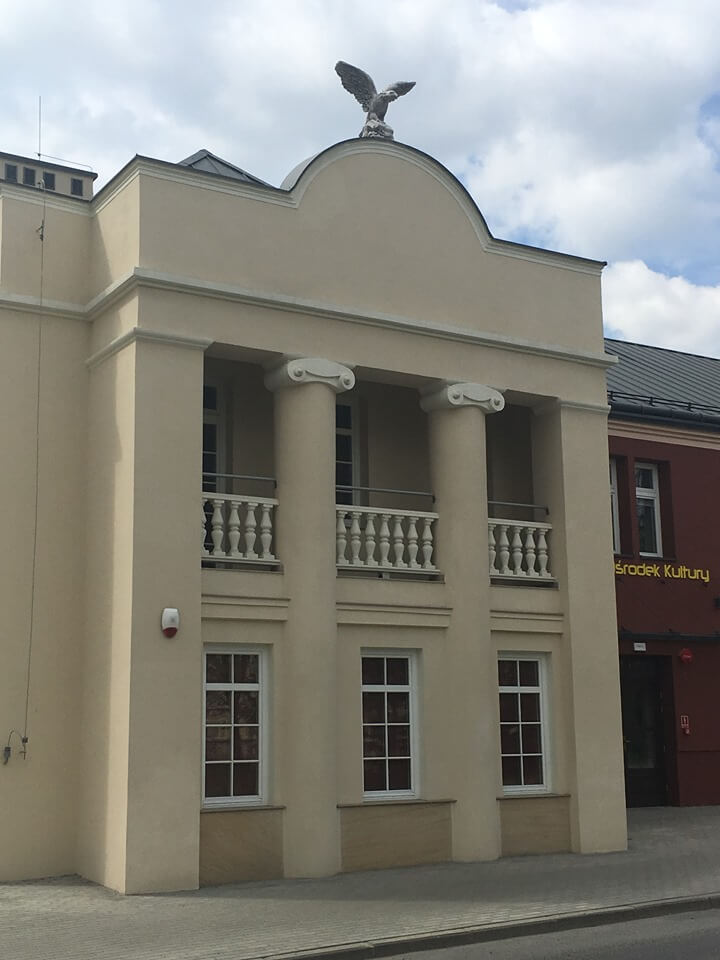
Mayor of Radymno Wiesław Pirożek:
“We are aware that before the war, a third of the inhabitants were Ukrainians, a third Jews, and a third Poles. We are not going to forget about it. I’m sorry that such a beautiful church was destroyed. It was more beautiful than our Roman Catholic church, but it was not we who decided to destroy it. There, where the church stood, on the grassy overgrown square, the foundation is still visible. And this square will remain without any buildings. We are going to install informational plaques with church photographs. Such pictures are also in the House of Culture,” the mayor said in an interview with Anna Gorczyca on August 31, 2013 (http://rzeszow.wyborcza.pl/rzeszow/Zniszczono ślady naszej obecności).

“From Tradition to Modernity”
And finally, a little bit of optimism. In January 2018, young people, members of the Galeon Society for the Development of Radymno, proposed, as part of the grant “Multicultural Past for the Future,” to collect, process, and publish, in the form of interactive boards, information related to the historical objects of Radymno, which were completely or partially destroyed:
“Awareness of the diverse history and multicultural ties that created our local community is a valuable element of the local identity of the community as well as personal identity. These foundations, which are the source of important values and the basis for creating one’s own image and attitude toward others, are especially lacking today, and especially among the younger generation. We hope that this project will help pass on the forgotten history of our city, develop a historical identity, and become a source of pride and communication with the small Fatherland.”(https://historyczne-radymno.pl/o-projekcie/).

According to the initiators, every place that once was a holy place (Roman Catholic church, Greek Catholic church, synagogue, or cemetery) deserves to be remembered and respected. This includes the Church of the Assumption of the Blessed Virgin Mary in Radymno.
All modern photos are by Eugeniusz Misiło
Old photos and postcards from the collection of Eugeniusz Misiło
Translated by Areta Kovalska
Source: Nasze Słowo

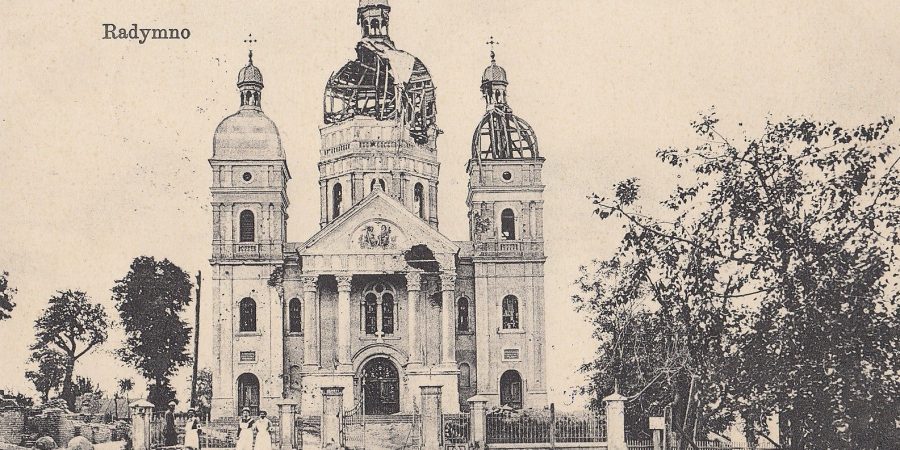




Thank you for the historical review. My wife Zenovia Kunasz Tarczanyn was baptozedin the churhc on October 4, 1940. What a shame…such a beautiful architecture. Welive in tucson Arizona and appreciated to have shred piece of her history
Thank you for sharing!